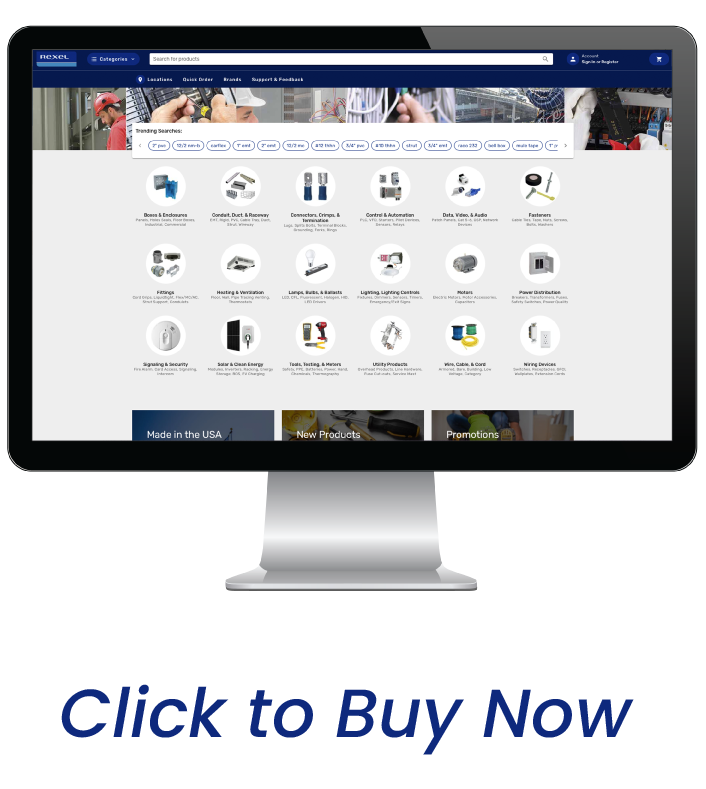
Horizon Solutions is now Rexel
We are excited to announce Horizon Solutions has completed our transition to Rexel.
Customers will continue to benefit from the same best-in class thought leadership you've come to know and trust.
Click below to view account details and buy products at Rexelusa.com. For Automation blogs, training, and solutions, click Automation.


